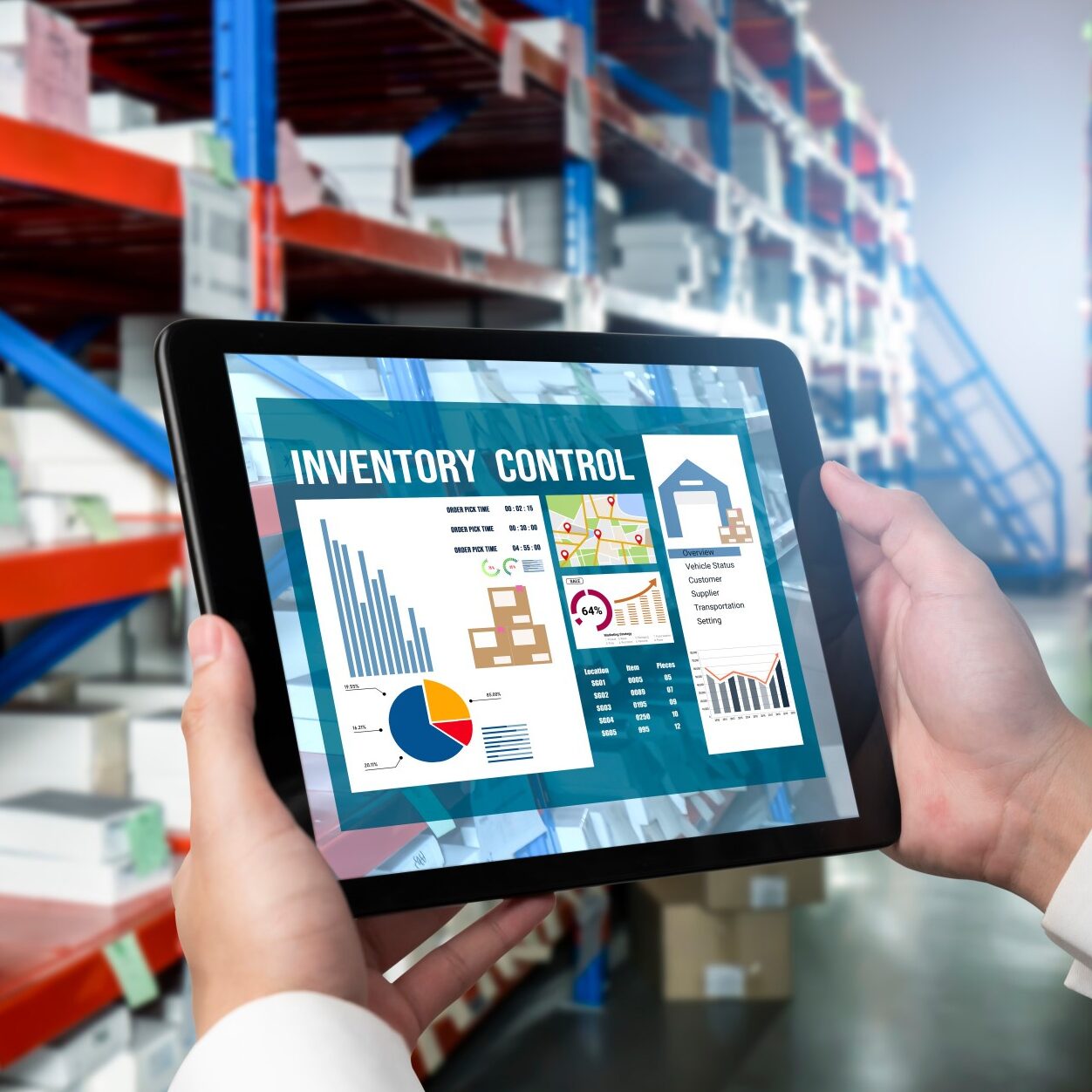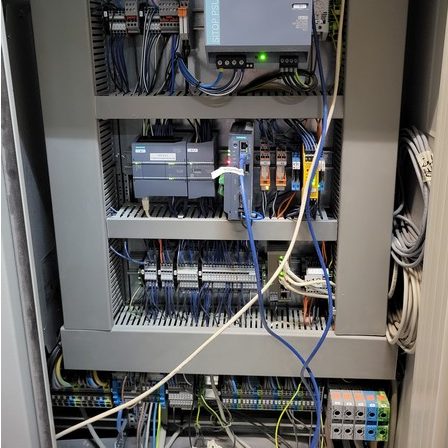Industry 4.0 | IoT
Industry 4.0, also known as the fourth industrial revolution, refers to the use of advanced information technology in industrial manufacturing to enable connected, automated and data-driven production. The aim of Industry 4.0 is to improve the efficiency, quality and flexibility of manufacturing processes and to enable new business models.
Some technologies used in the implementation of Industrie 4.0 are:
Artificial intelligence and machine learning: These technologies make it possible to optimize and automate manufacturing processes by analyzing large volumes of data and identifying patterns.
Internet of Things (IoT): The Internet of Things (IoT) refers to the connection of machines, devices and products to each other and to the cloud to collect and analyze data. IoT technologies are important for making Industrie 4.0 systems connected and data-driven.
Cyber-physical systems: Cyber-physical systems (CPS) are systems that consist of hardware, software and networks and enable the interaction of physical and digital components. CPS are important to realize Industrie 4.0 systems, as they enable real manufacturing processes to be linked to digital models and simulations.
The experts at BITS have implemented a large number of Industrie 4.0 projects. A selection of case studies and references can be found below.



